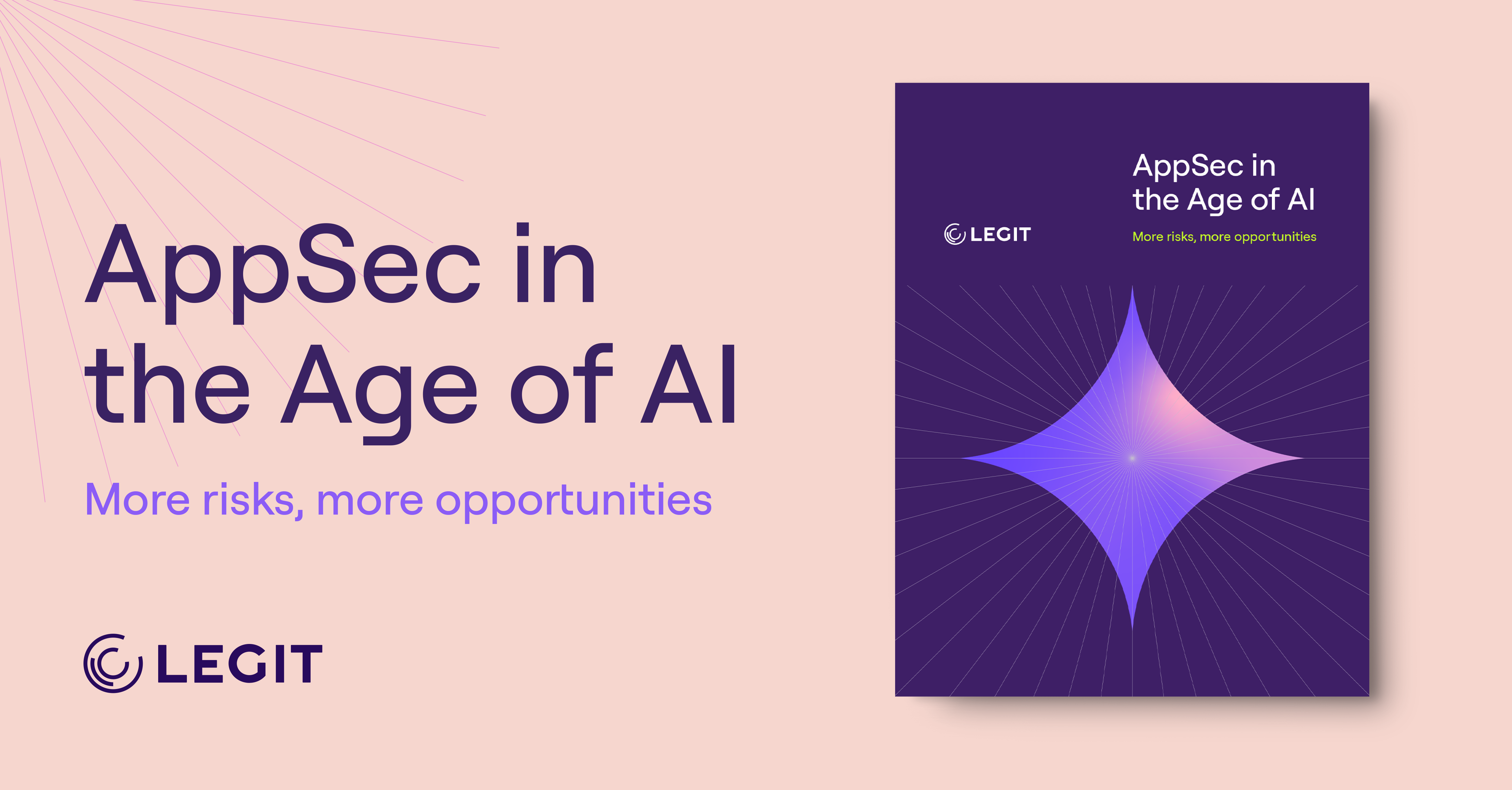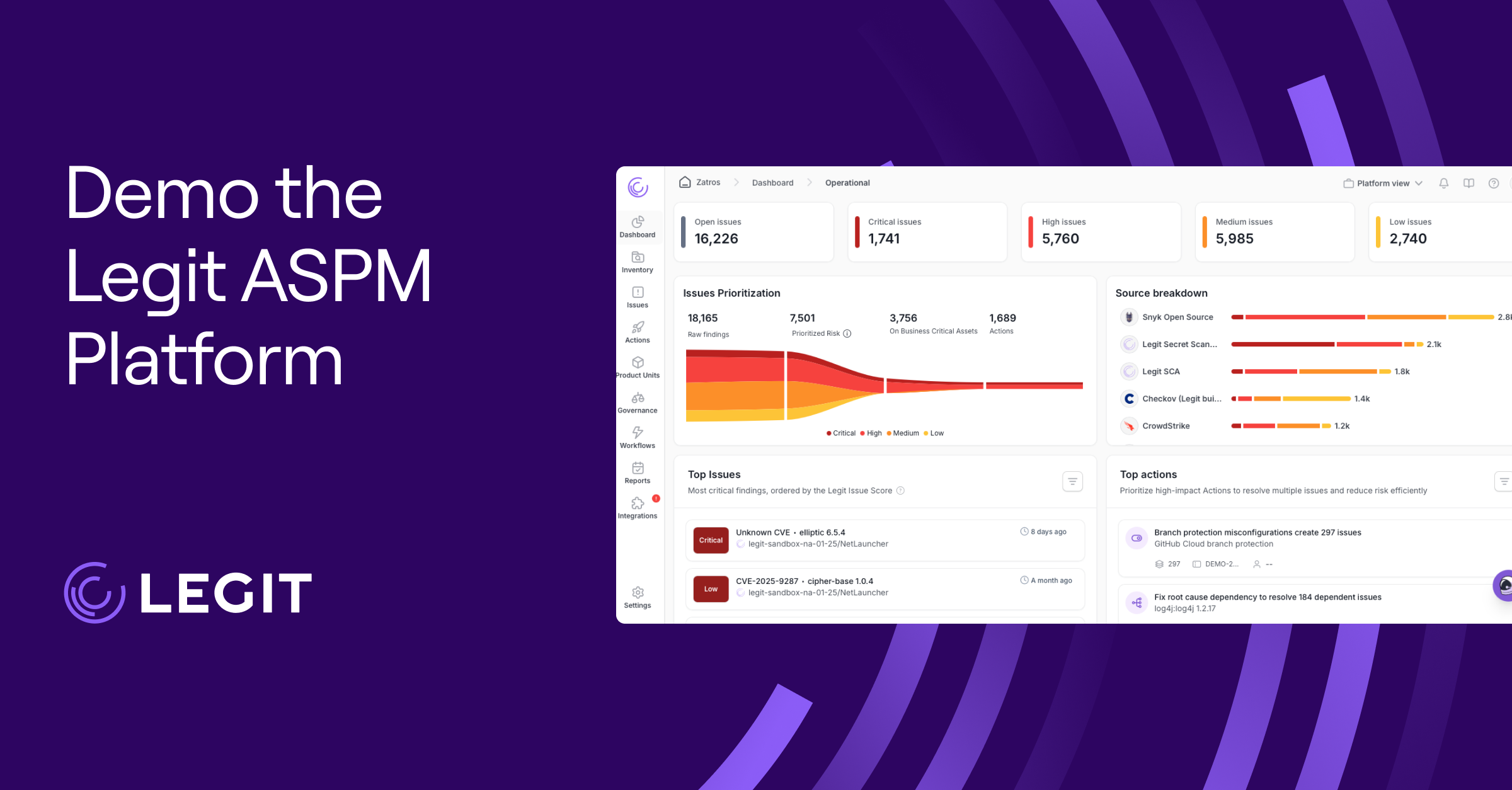Large language models (LLMs) are everywhere, powering AI assistants, writing code, and even influencing business decisions. But as they integrate into company workflows, they open new doors for attackers. Developers didn’t necessarily prioritize privacy or data protection when creating LLMs, leading to risks that are too important to ignore.
This article will explain what LLM security means, why it matters, and the biggest risks to watch for. We’ll also cover actionable best practices to help your team protect sensitive data and stay ahead of evolving threats. Reduce risk without slowing innovation.
What Is Large Language Model Security?
LLMs are powerful tools—capable of everything from writing code to making business decisions. But they also come with new attack surfaces and unique challenges. LLM security refers to the protections and controls designed to keep them from becoming liable.
If organizations don’t actively manage LLMs, they can expose sensitive information, produce misleading content, or allow attackers to exploit them and compromise user trust. Whether using ChatGPT or other models, you must take action to mitigate LLM security risks before they become production incidents.
LLM cybersecurity goes far beyond basic access controls. Reviewing the data used to train or fine-tune these models is just as important, since overlooked inputs can resurface unexpectedly during inference. Whether embedding open-source models into your stack or using managed services, you need visibility and control at every step.
The Importance of Large Language Model Security
The stakes rise as teams embed LLMs deeper into core systems. Here are three reasons why addressing LLM vulnerabilities should be a priority for any organization putting these models into production:
Avoid Data Breaches
LLMs often operate on sensitive datasets, whether private conversations or internal business logic. If organizations fail to protect that data properly, attackers can extract it through model outputs, access it using indirect queries, or retrieve it with model inversion tactics. A breach here doesn’t just result in data loss—it can violate privacy regulations and quickly erode stakeholder trust.
Strong data privacy LLM practices like securing training inputs, controlling access, and filtering outputs reduce the risk of LLM data leakage and keep systems compliant. Many of these techniques align with the GenAI-based application security principles already shaping enterprise security standards.
Protect From Model Exploitation
Attackers are testing the boundaries of LLMs to do more than just break functionality. They want to manipulate behavior. They might inject prompts to hijack responses, abuse insecure plugins, or use the model as a foothold to exploit connected systems. In high-risk settings like finance or healthcare, that kind of exploitation could trigger real harm.
Applications that embed models directly are especially exposed due to plugin access, prompt chaining, and external dependencies. These embedded LLM application risks highlight how integrations can quickly become attack surfaces without proper oversight.
Prevent Misinformation
LLMs don’t just pull answers from databases—they generate them. That means the line between accurate and misleading content can blur fast, especially if the model’s training data includes outdated or biased information. Malicious actors know this, which is why they often use models to create disinformation at scale.
The consequences can range from minor confusion to significant public harm, whether fake medical advice or deepfake dialogue. Models trained on biased data can further distort the truth. Building LLM safety controls that detect hallucinations and support responsible AI use is key to preventing unintended consequences in public-facing systems.
Top 10 OWASP Cyber Security Risks for Large Language Models
The OWASP Top 10 for LLMs outlines today’s most pressing risks when building, deploying, or interacting with large language models. Even well-secured models like ChatGPT-4 can be vulnerable when implementation and context isolation are weak. From prompt injection to leaks of sensitive information, these issues are showing up in real deployments.
Understanding these risks allows you to mitigate threats proactively before they reach production.
1. Prompt Injection
Prompt injection attacks happen when a user manipulates the model’s behavior through crafted inputs. These inputs override intended instructions or trick the LLM into revealing sensitive data, executing unintended actions, or producing harmful content. An attacker can trigger unauthorized functions with a simple input if the LLM connects to downstream systems.
These types of vulnerabilities are especially common in fast-moving teams that skip security reviews, ignoring AI code and LLM embedding risks. This can quickly lead to unintended exposure. Strong prompt isolation, input validation, and context enforcement keep control.
2. Sensitive Information Disclosure
LLMs trained on broad datasets may unintentionally regurgitate private, proprietary, or personally identifiable information. Whether that’s internal documentation or developer secrets, sensitive data can leak through model outputs without warning. Preventing exposure requires strict data governance during training and runtime output filtering to block sensitive details from slipping out.
3. Supply Chain
LLM deployments rely on dozens of components: pre-trained weights, libraries, datasets, plugins, and hosting platforms, just to name a few. Any weak link in this supply chain can be an entry point for attackers. Organizations should vet upstream dependencies, monitor for compromise, and maintain a full inventory of what powers their LLM stack.
4. Data and Model Poisoning
Poisoning attacks insert malicious or biased content into training or embedding data. Once tainted, the model may behave unpredictably—or even execute attacks when triggered by specific inputs. Secure data pipelines and model behavior testing are critical to defending against these subtle but dangerous threats.
5. Improper Output Handling
LLMs generate raw, often unpredictable text. This output can introduce cross-site scripting (XSS), expose confidential data, or execute logic in downstream systems without safeguards. Treat LLM output like untrusted user input. Sanitize, validate the format, and run it through filters before further processing or display.
6. Excessive Agency
Some teams grant LLM systems broad powers, such as calling APIs or managing infrastructure. Without guardrails, LLMs may execute unintended actions or access unauthorized systems without strict boundaries, especially when integrated with automation tools.
7. System Prompt Leakage
The system prompt is the hidden configuration that guides an LLM’s behavior. If attackers can extract it, they may reverse-engineer business logic or bypass safeguards. Never expose system prompts in logs, error messages, or responses. Mask internal instructions and monitor for suspicious queries that probe for prompt content.
8. Vector and Embedding Weaknesses
LLMs often use vector databases and embeddings to retrieve relevant context before generating responses. But poorly designed embedding systems can leak private data, allow injection attacks, or surface irrelevant information that confuses the model. Index only what’s needed and enforce strong access controls on vector stores.
9. Misinformation
LLMs can sound confident even when they’re wrong. If teams don’t review LLM output, the models may spread false information accidentally or through prompt manipulation. This becomes especially risky in regulated industries or public-facing apps. Monitoring, bias detection, and human-in-the-loop systems help prevent misleading outputs from doing harm.
10. Unbounded Consumption
LLMs can be resource-intensive. Malicious users—or even misconfigured apps—can overwhelm them with complex prompts or frequent requests, exhausting compute or raising costs. These risks tie into broader concerns about the growing role of AI in cybersecurity, where misuse can trigger financial and operational consequences. Implement rate limiting, token quotas, and timeout rules to stay resilient. These controls keep the model available and sustainable.
5 Large Language Model Security Best Practices
LLM security is about minimizing risk without slowing progress. Here are five key practices to achieve this:
1. Sanitize Inputs and Outputs
Treat prompts and responses as untrusted. Filter harmful inputs, validate outputs, and block sensitive data leaks. These same principles apply when securing AI-generated code, because what goes in and out matters just as much as the model itself.
2. Enforce Access Controls
Use role-based access controls (RBAC), multi-factor authentication (MFA), and tight permissions to control who can access or configure the model. This is a core principle of cloud application security, and it’s non-negotiable when LLMs are tied into sensitive systems.
3. Secure Secrets
LLMs should never touch hardcoded secrets. Store credentials externally and rotate them often. The same risks behind hardcoded secret exploitation apply here—only now can the exposure be indirect through model output.
4. Monitor Activity
Track what the model sees and says. Logging, prompt monitoring, and anomaly detection help catch abuse early. Regular audits also make sure controls hold up under pressure.
5. Plan for Recovery
A well-designed recovery plan minimizes the impact of privacy breaches and enables rapid mitigation when things go wrong. Being prepared keeps damage contained and trust intact.
Practice LLM Security With Legit
LLM security is about securing the entire lifecycle. And from prompt injection and output filtering to access control and infrastructure hardening, every layer matters.
Legit Security helps you operationalize LLM security as part of your broader AI security strategy, giving you the tools to mitigate the risks without slowing your team down.
By giving you a full view of the application environment, including repositories using LLM, MLOps services, and code generation tools, Legit’s platform offers the context necessary to understand and manage an application’s security posture.
In addition, Legit Security detects LLM and GenAI development and enforces organizational security policies, such as ensuring all AI-generated code gets reviewed by a human.
With continuous monitoring, policy enforcement, and complete visibility into your software supply chain, you can protect sensitive data and stay compliant—without slowing your team down. Request a demo today.
Download our new whitepaper.


